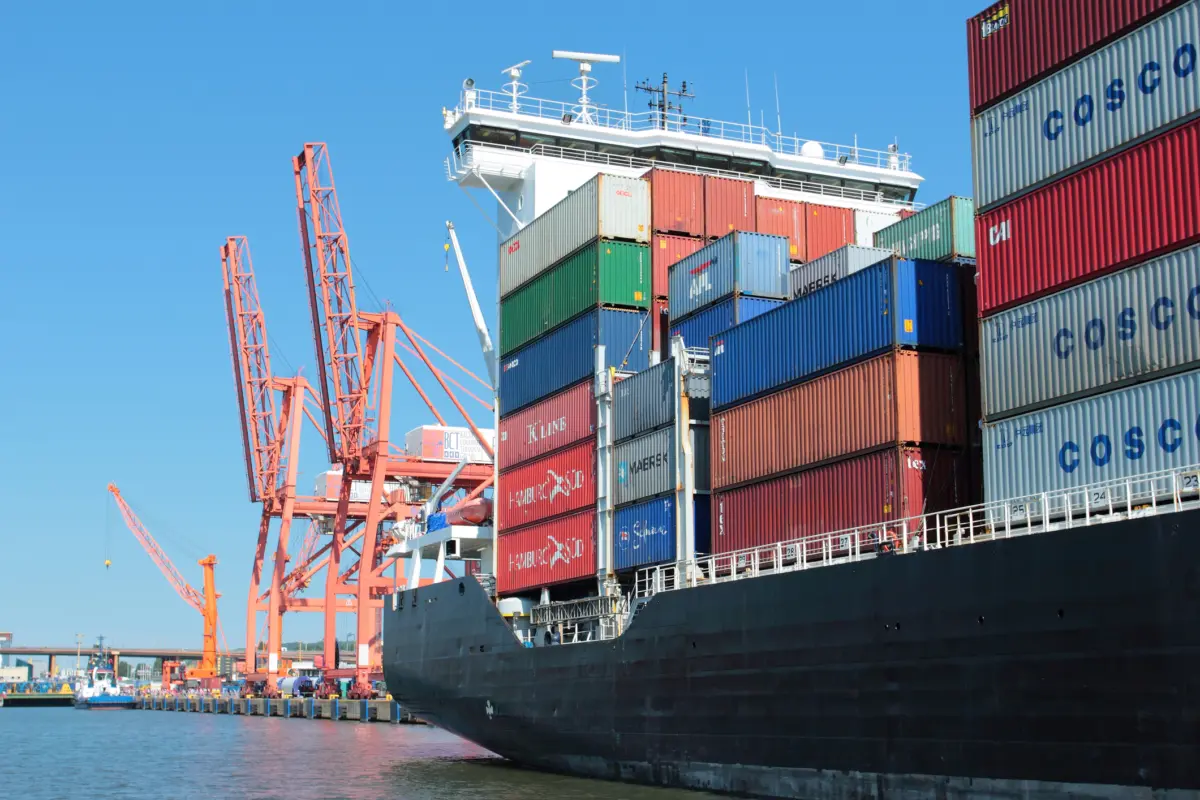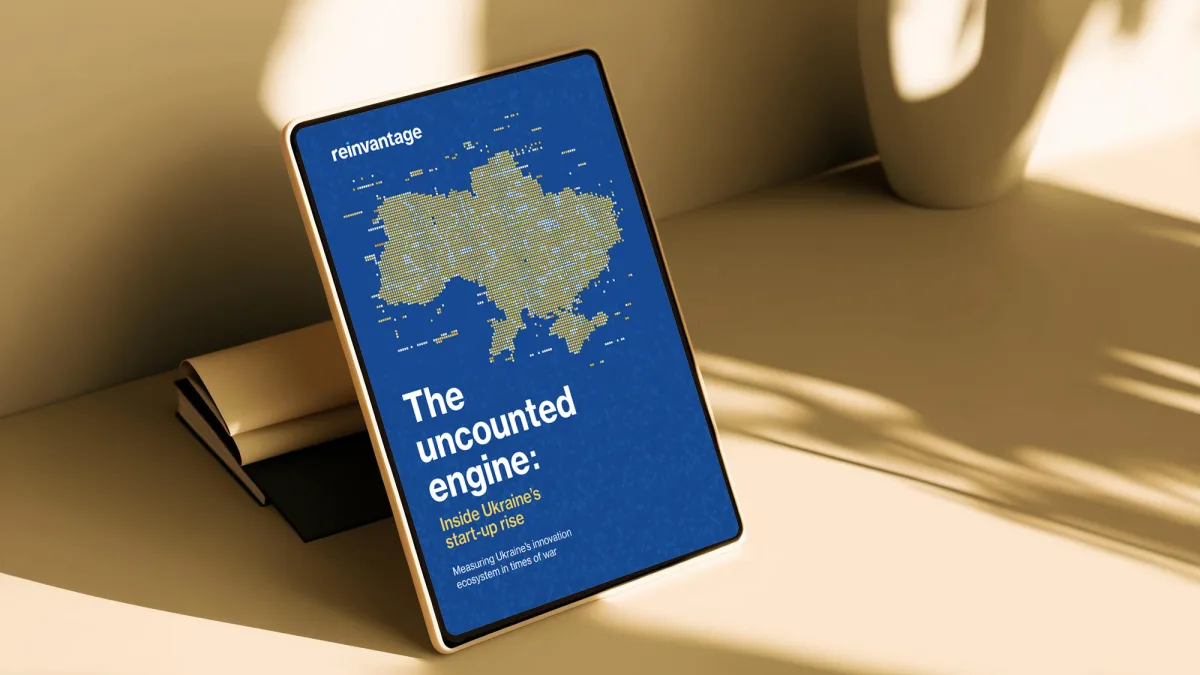Donald Trump’s trade war might be rattling global markets, but Eastern Europe appears positioned to withstand the economic headwinds, according to the latest spring forecast from the Vienna Institute for International Economic Studies (wiiw).
The report, covering 23 countries across Central, East and Southeast Europe, shows that most economies in the region—including EU member states—will maintain robust growth throughout 2025, even as the euro area struggles.
“The direct trade flows between those countries and the US are anyway low, and the collateral damage caused by their close ties with the heavily export-dependent German industry is also likely to remain manageable,” says Richard Grieveson, deputy director of wiiw and lead author of the spring forecast.
“As in previous cases where the region has been hit by negative external shocks, those countries with larger domestic markets—most notably Poland—will be better able to absorb the negative impact and are likely once again to prove resilient.”
Growth outlook: Eastern Europe outperforms euro area
For 2025, analysts at wiiw forecast average growth of 2.5 per cent for the EU members in the region, which represents a modest downward revision of 0.3 percentage points compared to their winter forecast. Looking ahead to 2026, growth should tick up slightly to 2.8 per cent.
The researchers note that, “the negative effects of Trump’s tariffs should be largely offset next year by Germany’s fiscal policy about-turn, with its 500 billion euros package for defence, infrastructure and climate,” according to Grieveson.
This resilience means Eastern European EU members will likely grow approximately three times faster than the euro area in 2025 (where growth is expected to be just 0.7 per cent) and twice as fast in 2026 (compared to the euro area’s projected 1.4 per cent).
Domestic consumption driving growth
Despite the manufacturing slump in Germany—which is expected to worsen due to Trump’s tariffs—industrial challenges in Czechia, Slovakia, Hungary, and Romania won’t derail overall growth.
These economies, though closely integrated with Germany’s industrial sector, continue to benefit from strong domestic consumption supported by substantial real wage increases in recent years.
Poland remains the standout performer among eastern EU members, with projected GDP growth of 3.5 per cent for both 2025 and 2026, followed by Croatia at 2.8 per cent.
The Western Balkans six are expected to expand by an average of three per cent in 2025 and 3.6 per cent in 2026, while Turkey’s economy is forecast to grow by 3.5 per cent in 2025 and four per cent in 2026.
Ukraine: Growth dependent on external support
The outlook for Ukraine appears increasingly precarious. While wiiw forecasts three per cent growth in 2025 and four per cent in 2026, these projections depend heavily on continued external military and financial assistance—support that has been jeopardised under President Trump.
“Trump’s attempts to force Ukraine into de facto capitulation and to turn the country into an economic colony of the US are, however, the biggest threat to Ukraine’s economic development,” warns Olga Pindyuk, Ukraine expert at wiiw.
“The decisive factor will therefore be whether the EU succeeds in stepping up its military and financial aid to Ukraine and in replacing the US as the country’s most important supporter.”
Ukraine faces multiple challenges beyond geopolitics, including systematic infrastructure destruction from Russian air strikes, acute labour shortages due to military mobilisation and the emigration of seven million people.
Rising food and public service prices, combined with wage growth driven by labour scarcity, have pushed inflation higher, prompting the central bank to raise interest rates to 15.5 per cent.
Russia: Prospects improve under Trump
Conversely, Russia’s economic outlook has brightened considerably. Although growth is expected to halve in 2025 following two years of economic overheating, wiiw has revised its 2025 forecast upward by 0.2 percentage points to two per cent. For 2026, it projects growth of 2.5 per cent—a significant upward revision of 0.9 percentage points from their winter forecast.
“Should there actually be a ceasefire or peace agreement in Ukraine, Russia’s economic ostracisation by the US will probably end. It is even feasible that this will happen without an agreement. That would allow US capital and American technology to flow back into the country. US allies like Japan, South Korea and Taiwan could also follow suit,” says Vasily Astrov, Russia expert at wiiw.
“The existing US sanctions are already being implemented only half-heartedly.”
The warming relations with the US have boosted Russian financial markets and strengthened the ruble. Foreign companies including Renault, Hyundai, and Samsung are contemplating returning to Russia, while South Korean electronics giant LG has already restarted production at its Moscow plant.
“The partial resumption of economic relations with the West would probably make up for the loss of soldiers’ high salaries and compensation for their families, which have been a major source of Russian growth since the invasion of Ukraine, if the war were to end,” notes Astrov.
Even the recent sharp decline in crude oil prices—Russia’s primary export—is unlikely to significantly impact the country’s positive outlook. “Of course, this, as well as the current strength of the rouble, will significantly reduce state revenue. But the budget is no longer as dependent on oil revenue as it was in the past, and a possibly higher budget deficit could be financed without any problem,” Astrov explains.
Major risks: Trade war and uncertainty
The forecast faces significant downside risks stemming from uncertainty among consumers and businesses, fueled by Trump’s erratic trade policies and potential escalation of the conflict with China.
“We are now witnessing a full-scale trade war between the US and China, which will have an adverse impact on the entire global economy. High volatility on the financial markets could escalate into a financial crisis, which may then spill over into the real economy,” Grieveson warns.
“In addition, it is not yet really possible to predict how the general uncertainty will affect consumption or investment, even though the region has repeatedly shown itself to be very resilient to external shocks.”
US policy toward Ukraine creates additional uncertainty with potential economic repercussions if peace efforts fail. “At the moment, it doesn’t look as if Trump will be able to convince Russian President Putin to end the war of aggression against Ukraine. If Trump then turns away in frustration and leaves Ukraine to its fate, that could once again shake the economy of Central Eastern Europe,” cautions Grieveson.
Photo: Dreamstime.







